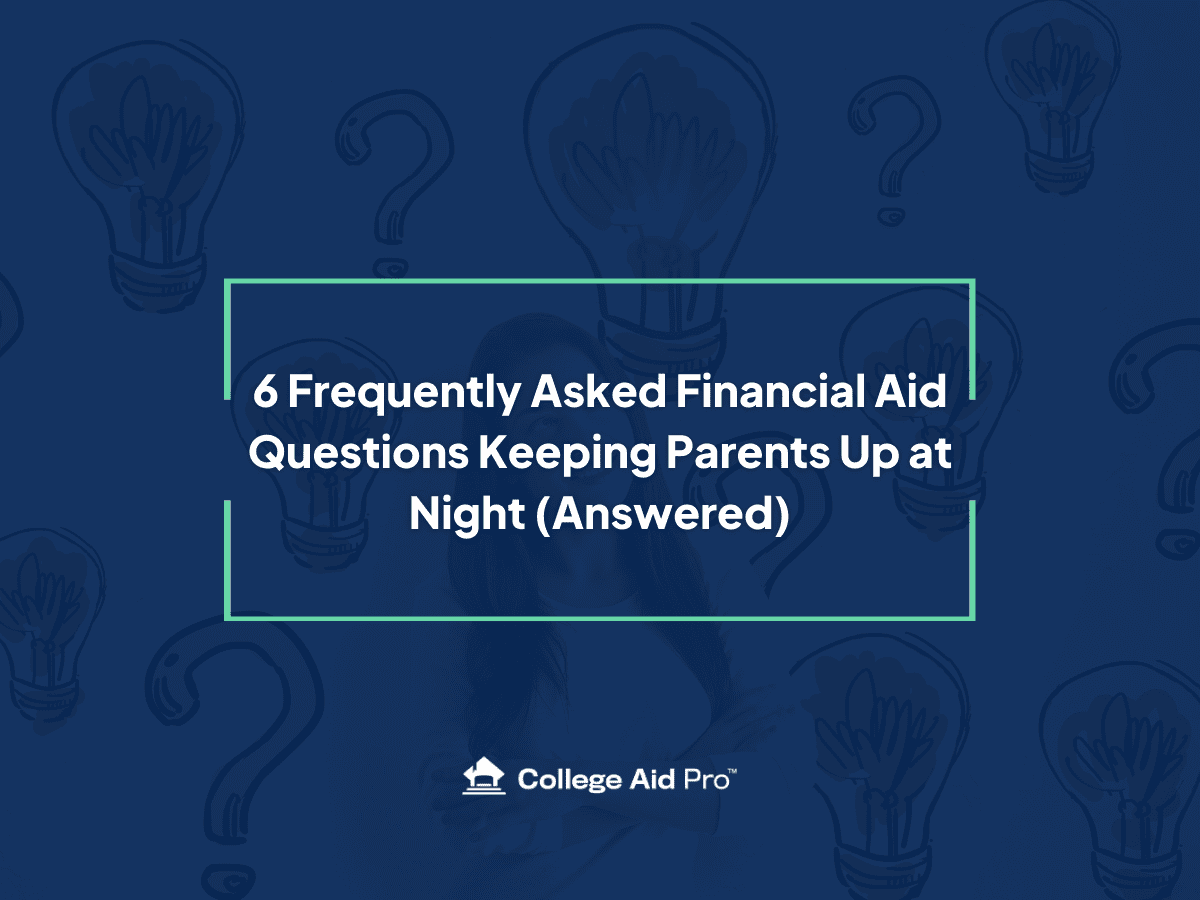College Applications and Financial Aid for Transgender Students
A Transgender Student’s Guide to Shopping, Applying And Paying For College
While more and more students are identifying as a gender other than that which they were assigned at birth, applications and legal documents are not always being updated at the same pace. As the mother of a transgender student, I know how painful it can be to have to write in your legal name or biological sex on a form. My son usually leaves these fields blank and has me complete them on his behalf to save himself the trauma.
Whether you have legally changed your name and birth record to reflect your new identifiers or not, here are some steps you can take when shopping for and applying for college, getting financial aid, or reviewing scholarship options as a transgender or gender fluid student.
Defining Your College Goals
Like any student, you’ll be thinking about what type of school may fit you best. Unlike other students, you’ll also want to consider the following:
-Are you looking for special living accommodations such as LGBTQ+ dorms or living communities?
-Are certain clubs and activities important to you such as LGBTQ+ groups or activist organizations?
-Are you hoping to find a school with a large gender diverse population?
-How important is it that the school offers specialized support for LGBTQ+ students?
-What medical and therapy needs do you need addressed while in college?
-Are gender diverse facilities and restrooms important to you?
Doing Your Research
When shopping around for colleges, you may have to do some extra digging to find out if the schools that pique your interest also meet all of your college goals. You can start by doing the following:
-Search the school’s website for transgender support information, gender affirming care options and clubs
-Based on what you find on the website, formulate good questions to ask during a campus tour or in conversation with your admissions counselor
-See what state laws are in place that may support or hinder your journey as a transgender person
-Use resources like The Campus Pride Index to enhance your search
Applying
Here is where things can feel tricky depending on which application you are filling out. Use these tips as a guide to get started with confidence:
-Use your legal name and sex for test scores, transcripts, applications and legal documents unless otherwise instructed. This is very important because you don’t want your paperwork to conflict with other legal records. Fixing it after the fact can cause major headaches.
-Some applications will also ask for your chosen name. Once given, you can feel free to use it in essays and teacher references as long as it is clear that those records match up with your application.
-Feel free to write about your gender journey – or not. You can also use the “Other Information You’d Like To Share About Yourself” section to talk about gender if you wish. Totally your call.
-Be realistic. A super conservative school may not be the best option for you, but some schools might surprise you. If a school turns you down, shake it off and move on. Many students with a solid application get turned down for all kinds of reasons.
-When in doubt, contact the school for guidance!
Filling Out The FAFSA as a Transgender Student
The FAFSA can open doors for you to qualify for grants, financial aid, federal student loans and, in some cases, even merit scholarships.
You should use your legal name on the FAFSA. It is matched with your social security number and must agree with the records on file with the Social Security Administration. The form no longer asks for your legal sex.
Parental financial and tax information is required, so if your parents are unsupportive and unwilling to provide this information, you may select “I am unable to provide information about my parent(s).” You must then contact the school and ask for guidance on receiving financial aid given your inability to provide complete information.
If your parents are not supporting you, you may be able to qualify for an exception to providing parental information. Some exceptions include:
-being a legally emancipated minor
-having a legal guardian who is not a biological parent
-being identified as an unaccompanied youth at risk of becoming homeless by your high school, school district, director of emergency housing or the US Department of Housing and Urban Development.
-find the complete list of exceptions by reviewing the FAFSA pdf.
Read more about the FAFSA – Applying for Financial Aid: FAFSA and CSS Profile
Completing The CSS Profile as a Transgender Student
Some schools will also require you to complete the CSS Profile, which allows you to enter your preferred name. The general questionnaire does not ask for your gender, however, each school can ask supplemental questions of their choosing and those may or may not include a question about gender.
The CSS Profile is more comprehensive than the FAFSA, especially when it comes to reporting income and assets of parents/guardians. However, it is similar to the FAFSA in that exceptions are made for students who qualify as emancipated minors or students who are homeless or at risk of becoming homeless, among other things. Students meeting the list of exceptions are not required to include parental financial information.
In cases where the student does not meet one of the exceptions for entering parental information but one or both parents refuse to provide the information needed to complete the profile, the student must submit a CSS Profile Waiver for each non-cooperating parent and then contact each school to find out how to proceed.
Learn more about completing the CSS Profile – How to Complete the 2023/24 CSS Profile
Applying For Private Student Loans as a Transgender Student
Private student loans are an example of a legal transaction for which you will typically need to use your official name and gender as reflected by your information on file with the Social Security Administration unless otherwise instructed by the lender. That doesn’t mean they won’t allow you to use your preferred name and pronouns for purposes of basic communication. All lenders are different and make their own policies.
Keep in mind that most private lenders will require young adults with extremely limited personal credit history to have a cosigner. This applies to most undergraduate student loan borrowers. Normally, a parent or guardian would be the cosigner. In a situation where the parent or guardian is unsupportive of the student, another family member or adult friend can step in, understanding that they will be on the hook if the loan goes into default.
Read more about Student Loans – Comparing All Student Loan Programs
Applying For Scholarships for Transgender Students
Being a member of the LGBTQ+ community opens doors for many outside scholarships. You can start by searching applicable keywords using your MyCAP Scholar subscription. Some additional resources that you can use to find transgender student scholarships include:
Campus Pride’s scholarship list
The Bottom Line
While the college planning process can be daunting for all students, being a transgender student puts a few extra hurdles in your path. Just take it one step at a time and reach out for help from a qualified source, such as an advisor from MyCAP, when you need it.
Check out My College Budget to help you when shopping and see which colleges will give you the most free money and opportunity to attend.



